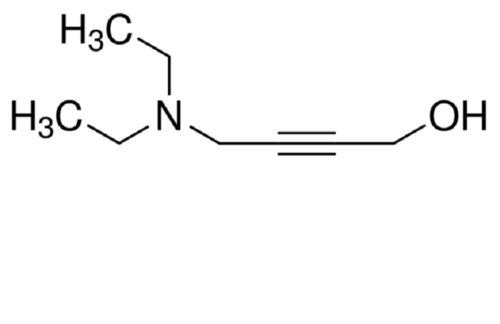Welcome to Our Company
POLY ELECTROLYTES
1.00 - 2.00 USD ($)/Kilograms
Product Details:
X
POLY ELECTROLYTES Price And Quantity
- 1000 Kilograms
- 1.00 - 2.00 USD ($)/Kilograms
POLY ELECTROLYTES Trade Information
- MUMBAI
- Telegraphic Transfer (T/T)
- 2000 Kilograms Per Day
- 1 Week
- All India
Product Description
Polyelectrolytes are polymers whose repeating units bear an electrolyte group. These groups will dissociate in aqueous solutions (water), making the polymers charged. Polyelectrolyte properties are thus similar to both electrolytes (salts) and polymers (high molecular weight compounds), and are sometimes called polysalts. Like salts, their solutions are electrically conductive. Like polymers, their solutions are often viscous. Charged molecular chains, commonly present in soft matter systems, play a fundamental role in determining structure, stability and the interactions of various molecular assemblies. Theoretical approaches[1] to describing their statistical properties differ profoundly from those of their electrically neutral counterparts, while their unique properties are being exploited in a wide range of technological and industrial fields. One of their major roles, however, seems to be the one played in biology and biochemistry. Many biological molecules are polyelectrolytes. For instance, polypeptides, glycosaminoglycans, and DNA are polyelectrolytes. Both natural and synthetic polyelectrolytes are used in a variety of industries.Tell us about your requirement

Price:
Quantity
Select Unit
- 50
- 100
- 200
- 250
- 500
- 1000+
Additional detail
+91
Email












